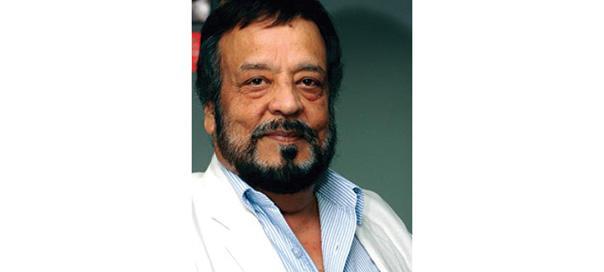Indian media, especially TV channels, will have to behave more responsibly in its coverage of the 2014 parliamentary elections, because the race this time is becoming more ‘leaderbased’ rather than based on political parties. The channels will have to be careful and work harder in order to keep the campaign story balanced and objective and avoid showing their bias towards one leader or the other. This becomes even more crucial amid rumors that a particular desperate party has already paid huge sums of money to cash-strapped TV channels to twist the coverage in its own favour.
Since the political race this time has taken a shape that is more like the US presidential race, Indian media can learn some lessons from the US media. In America, every TV network has to give equal time to all presidential candidates regardless of their party affiliations or the size and level of their campaigns. But that does not include paid TV commercials, which a party or candidate can run on any TV channel. Even in the case of paid TV commercials, I have seen TV channels trying not to stick to the commercials only of a particular candidate, in order to prevent a perception that it is promoting only a particular candidate. What the Indian TV media has to remember is that it takes years to build credibility as a “nonaligned” channel that strives for objectivity and balance, and that credibility can vanish overnight if the viewers perceive it as tilted one way or another.
I was appalled to see that last week when Rahul Gandhi and Narendra Modi were addressing their rallies at different locations but at the same time, some of the channels were either covering only the Modi rally or covering both rallies on a split screen, the audio of the Gandhi rally was switched off.
According to one report, “almost all channels had started beaming Rahul’s speech from Delhi’s Mangolpuri. Within minutes, Modi started speaking at the much-publicised Hunkaar Rally in Patna and the screen split between images Rahul and Modi. Almost all — except one English and a Hindi channel — put Rahul’s speech on mute and played Modi’s. After about five minutes, that English channel also started beaming Modi’s speech. And some time later, almost all channels entirely focused on Modi’s speech.”
The Gujarat Chief Minister, no doubt, was more aggressive of the two, but that did not call for muting the other candidate. The move can only be construed in just two ways. Either it was a “crude prejudice” of the channels or it was a move that authenticates the rumors that the Modi campaign had “paid” the channels to make them telecast his full rally without any interruptions. And no wonder, Modi, without any hitch, told the gathering “the whole country is seeing you.”
CNN-IBN, it seems, was conscious of its tilt, and so they came up with a lame excuse. “RaGa and NaMo both speaking simultaneously, Modi making more newspoints, Hence we are showing his speech,” tweeted national editorBhupendraChaubey, of CNN-IBN. But other channels didn’t even care tojustify their mistake.
There are critics who have begun asking, “Why every whisper of Modi is turned into a mighty roar, without checking its veracity, when we know that he sometimes presents inaccurate information. And why there is only grudging media adulation for Rahul Gandhi, even when he shows his honest guts to trash as nonsense one of his partyled government’s ordinance, designed to protectcriminal Members of Parliament.”
A senior journalist and editor Jatin Gandhi was able to obtain a “Request for Proposal” (RFP) document of the Gujarat government that shows how “the Indian media is influenced by Modi’sPR machinery”. The RFP lists what is expected of a PR firm to manage Modi’s image.
# The hired PR firm should ‘arrange for national and international media to visit Gujarat and attend various events organized by the different departments of the Government of Gujarat’. # “It is the Firm’s responsibility to arrange for the visits of journalists to Gujarat, any other part of the country or abroad. The expenses for the same will be reimbursed by the Commissionerate of Information on the submission of actual bills.”
By the way, Modi’s supporters are also criticizing the media. They contend that during its 57 years of rule, the Congress party has created pressure groups and planted its supporters in the media industry to justify and legitimize its wrongdoings. They say at a time when the media should be focusing on the allegations against the UPA government about corruption and policy paralysis, the TV screens are full of stories about AsaramBapu’s wrongdoings. They allege there is an attempt to make the Indian public forget the huge scams involving public funds.
I believe the time has come for the Indian media, especially the 24/7 news channels, to take a pause to introspect and remind themselves that they are part of one of the most crucial pillars of the Indian democracy and should begin behaving like one, without taking any sides. They should hire really capable input and output editors who can stop any unchecked stories from going to the screen, who can vouch the veracity of every statement made by their anchors and who can bring much needed balance in their coverage of the 2014 parliamentary elections, which are going to be definitely divisive, but also decisive for the country’s future in many ways. They should seriously strive for dignity and integrity by being totally balanced and impartial.
(Author/news analyst Ravi M Khanna is currently freelancing after a 24-year stint with Voice Of America in Washington DC, as South Asia bureau chief)
Feedback: ravimohankhanna@gmail.com























